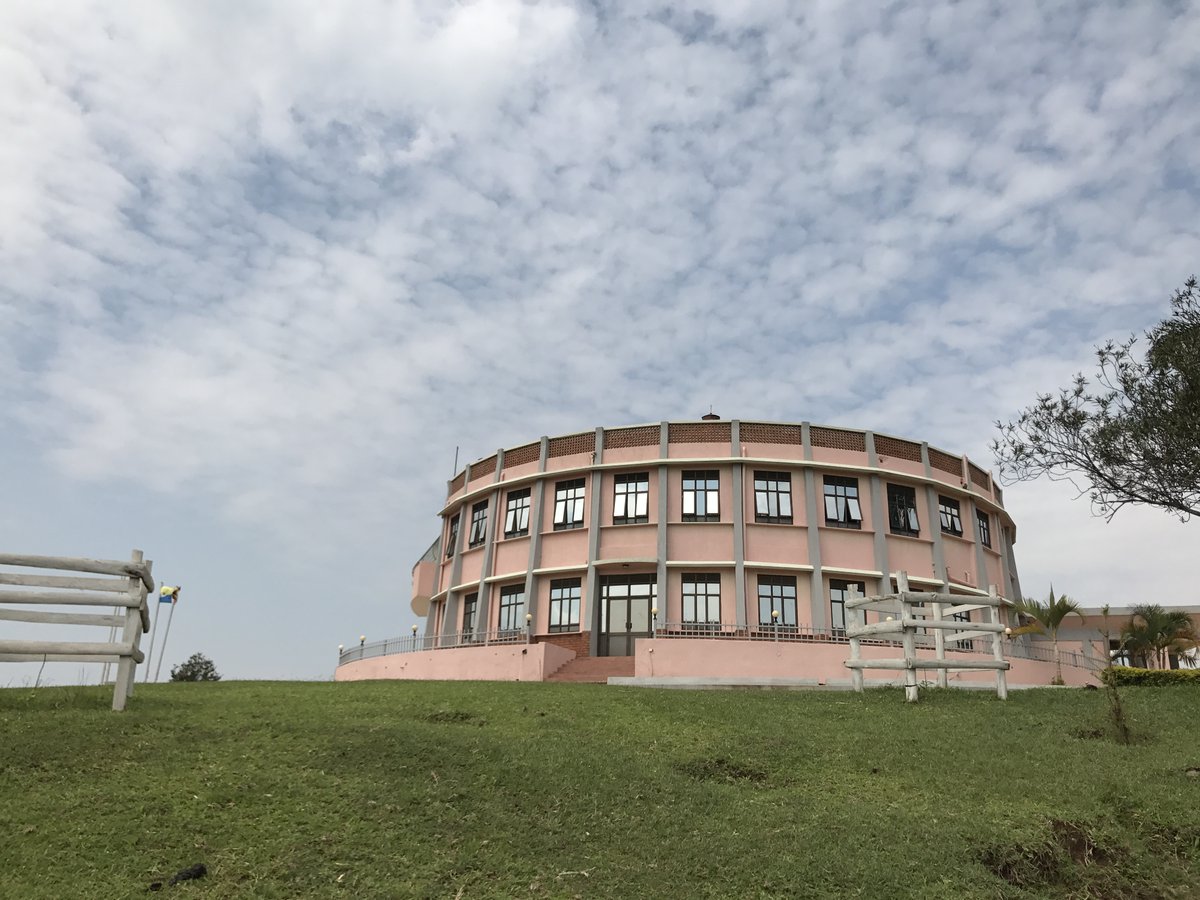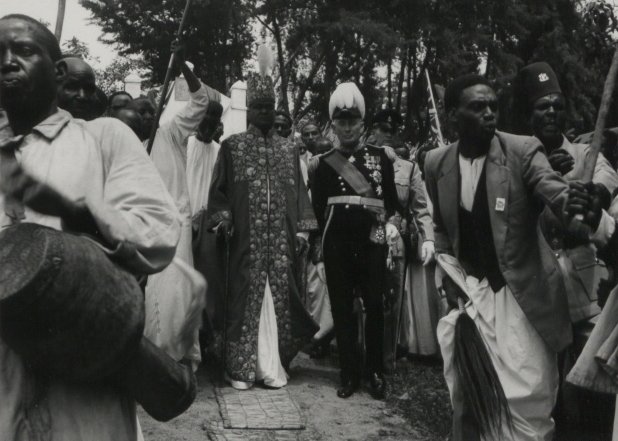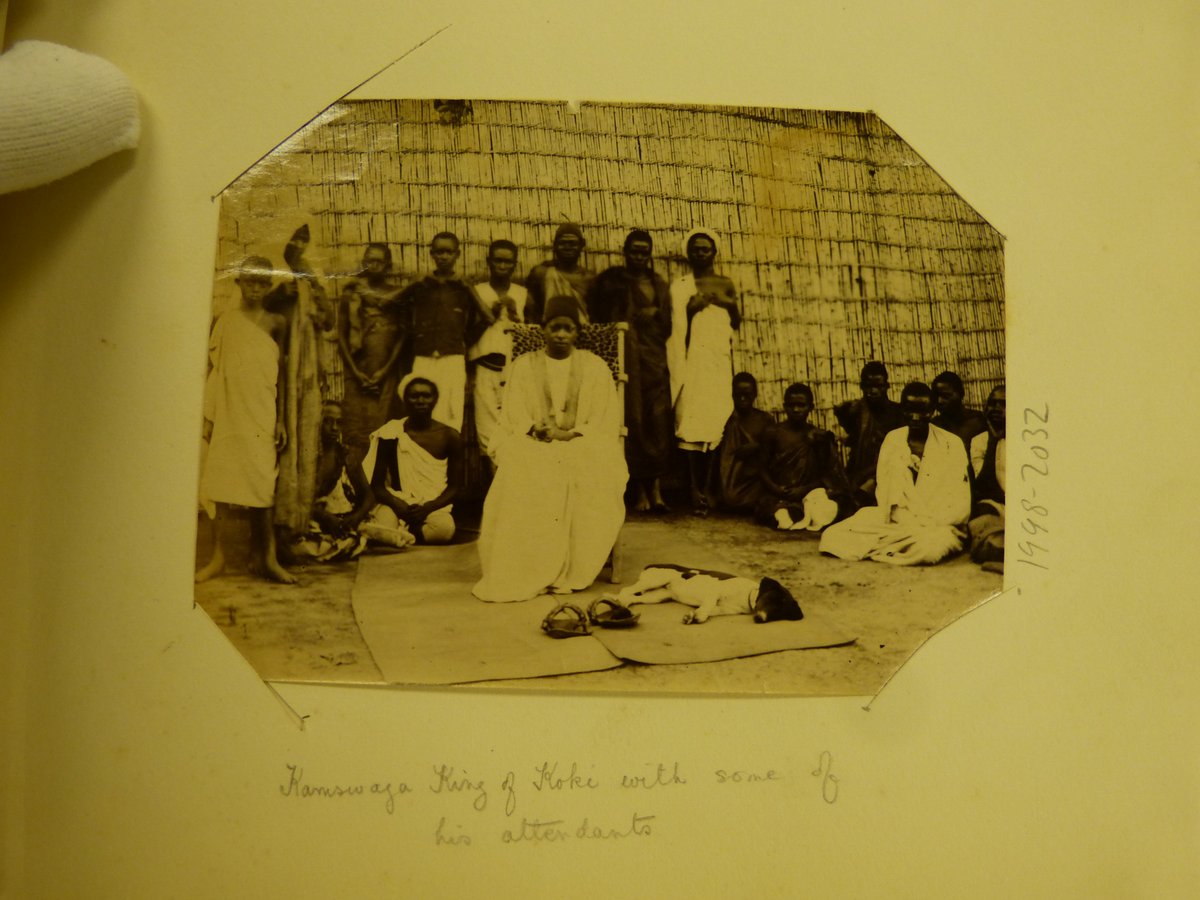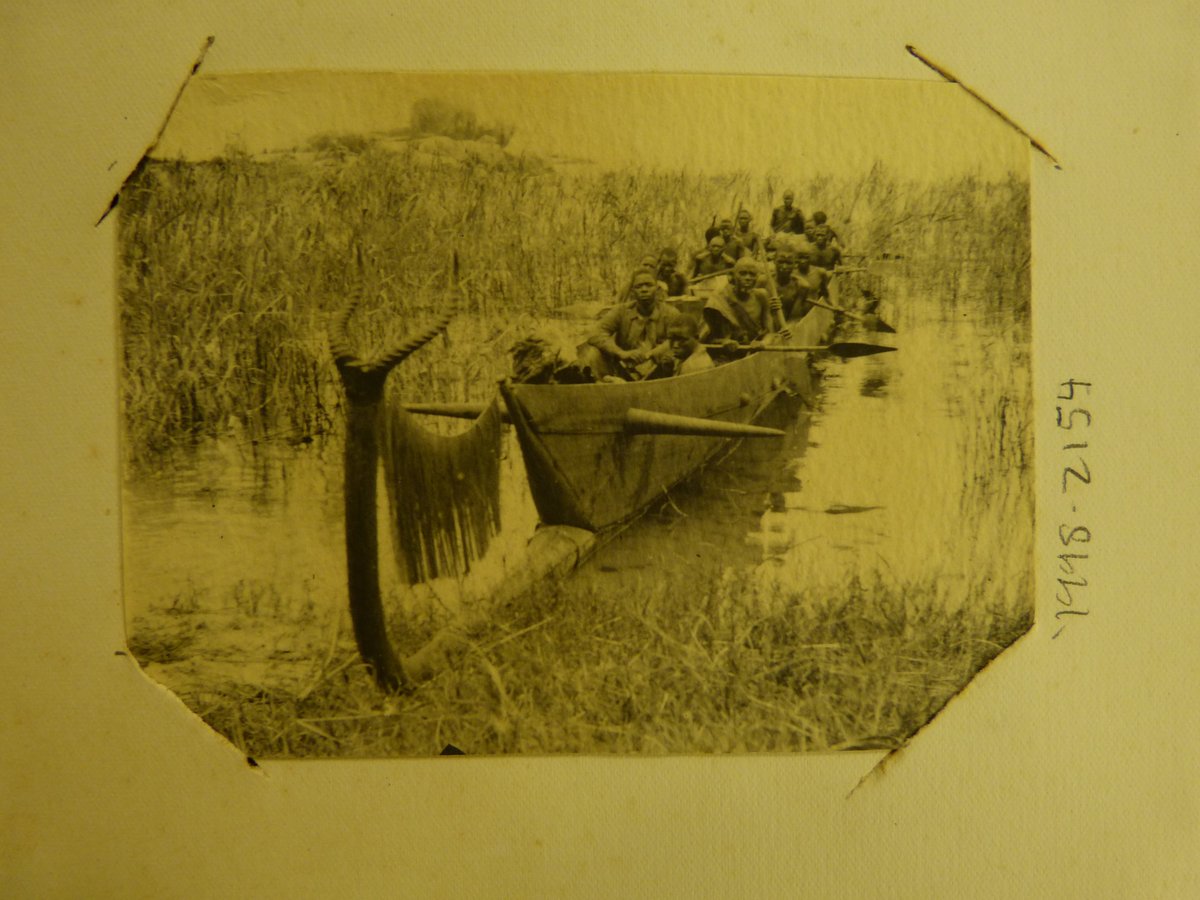
The Tooro monarchy, whose palace we see here, emerged during the 1820s. Olimi I, a Nyoro prince, set about establishing a separate kingdom. Colonial administrators supported the move, which they believed would undermine Bunyoro’s weakening economy & political sovereignty. 1/8 

In this picture, we see Rukirabasaija Daudi Kasagama Kyebambe III in 1897. He secured separate status from Bunyoro. He then extended Tooro’s authority throughout the Rwenzori region. 2/8 

At the ideological heart of the movement of creating Tooro were Protestant loyalties w/ the metropole, in addition to claims over the control of the Amabere ga Nyina Mwiru, whose breast milk had nourished the emergence of eastern Africa’s largest & most consequential empire. 3/8
Indeed, some of the earliest stories about the proto-mythical Chwezi rulers emerged out of the hills and caves of the Uganda-Congo border, where I took these images a few years ago. 4/8 



As @jamesjaycarney and I show in our forthcoming book, Catholic dissenters throughout the colonial period consistently challenged the legitimacy of Tooro’s claims: concerns that were given their fullest expression in the desired secession of the Rwenzururu kingdom. 6/8
This image was taken on the eve of Independence. It’s of Omukama Kyebambe III’s son, Rukirabasaija Sir George David Matthew Kamurasi Rukidi III, with British governor, Sir Frederick Crawford. 7/8 

To view and freely download additional photographs of the Tooro monarchy (and colonial Uganda), see: flickr.com/photos/nationa… These are excellent images that one can use for research and teaching. 8/8
• • •
Missing some Tweet in this thread? You can try to
force a refresh
















